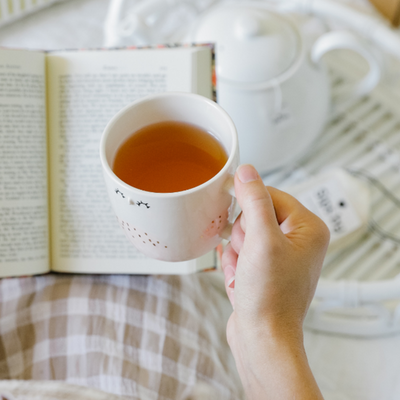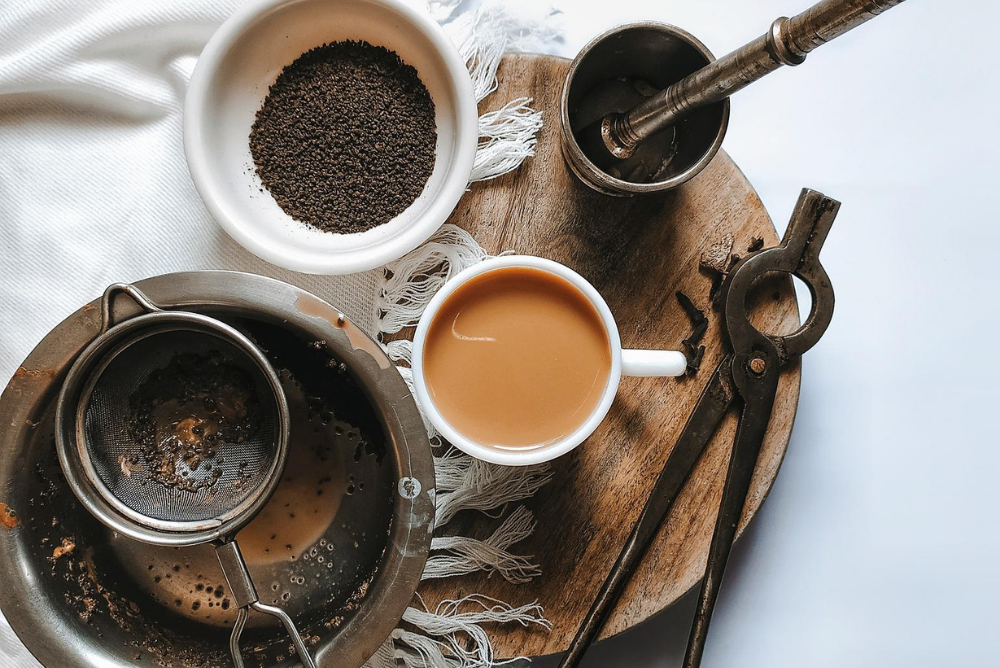
What do English Breakfast, Irish Breakfast, and Scottish Breakfast teas all have in common? If you guessed Indian tea, you would be correct!
India is one of the world’s largest tea exporters, and the country’s black tea varieties are used as bases in many tea blends all across the globe. But how did India stumble into the tea trade? Let’s learn more about India’s history with tea together!
Sips by is the #1 rated tea club. Made by tea lovers for tea lovers, our personalized tea discovery box matches you with 4 new premium teas chosen from thousands of top-rated teas based on your unique taste preferences. Learn more about our tea of the month club.
History of Indian Tea
Although the tea plant Camellia sinensis grows naturally in India, the country did not start its own tea trade. In fact, India’s tea history begins in China.
From China to England
Tea had to travel quite a bit before it settled down in India. The Chinese were the first to cultivate and drink tea, and they did so for thousands of years before the rest of the world caught wind of this delicious drink.
As humanity became more technologically advanced and overseas travel became commonplace, the world grew a lot smaller. In 1662, Portuguese Princess Catherine of Braganza married into the British royal family. The princess slowly introduced tea to her new British family, and the drink soon became a royal favorite.
Tea soon hit the common market and rapidly gained in popularity. The English upper class and commoners alike loved tea, but there was just one problem: The only country capable of producing tea was China, and importing it was expensive.
As Britain’s demand for tea continued to grow, the country continued to import. However, a few circumstances arose that forever changed the tea industry.
The Opium Wars
The problem with trade is that in order for it to work, both parties have to benefit. If trade isn’t mutual, things tend to fall apart pretty fast.
Even though Britain continued to import increasingly large amounts of tea, the Chinese didn’t reciprocate. Money was flowing out of Britain and very little money was coming in.
Around the same time, the North American colonies began to establish their independence. Caught up in a suddenly shaky political climate, Britain came up with an idea to secure both their tea and their economy.
The British planted opium in northern India, which was under their control. Once the opium matured, they traded their opium with China.
As it turns out, introducing an entire country to a massively addictive substance meant that Britain’s goods were always in demand. This meant in turn that Britain had enough money to maintain its massive rate of tea consumption.
The Chinese emperor protested and ultimately sparked the beginning of the Opium Wars, which ran from 1839 to 1860. The British eventually claimed victory and continued importing tea from China.
Tea Comes to India
Although the British had secured their precious beverage, they wanted a bit more security. Namely, they wanted to own their tea from seed to cup.
The British figured that India had a climate similar enough to China. So, the British began to deliberate on how to bring Chinese tea to the regions of India under their control.
In 1824, Robert Bruce discovered naturally-growing tea plants in India. Thrilled with this discovery, Britain ordered the cultivation of tea plants in the Assam and Darjeeling regions, which still produce tea to this day.
The game changed yet again in 1843 when Scottish horticulturist Robert Fortune traveled to China to study the nation’s native tea plants. Although he traveled independently, Fortune was funded by the Royal Horticultural Society, which was eager for more information on Chinese tea.
Upon his return, Fortune caught the attention of the East India Company, a British tea manufacturer. Desperate for an upper hand in the tea market, the Company enlisted Fortune to return to China for the sole purpose of stealing tea plants and cultivation practices.
Fortune disguised himself as a Chinese citizen and spent three months gathering information. Among his other findings, Fortune discovered that the Chinese had been altering their green tea exports by adding ferric ferrocyanide and gypsum salts. Essentially, the Chinese had been unknowingly poisoning the British.
Fortune also discovered the Chinese method of oxidation and relayed his surprise at finding out that green tea and black tea came from the same plant. Thanks to Fortune’s smuggling efforts, thousands of tea plants and seeds made their way onto Indian soil.
-
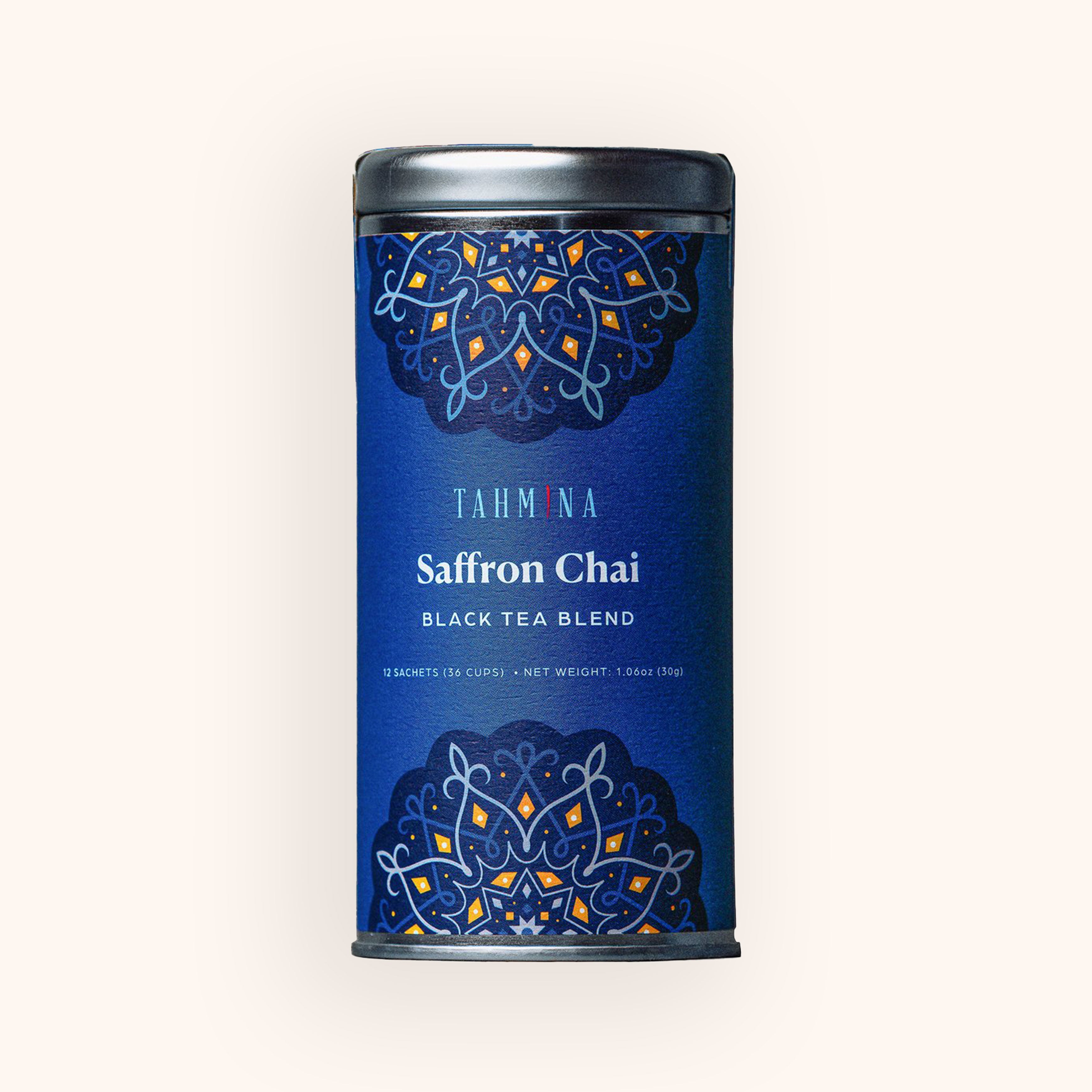 Sold out
Sold out -
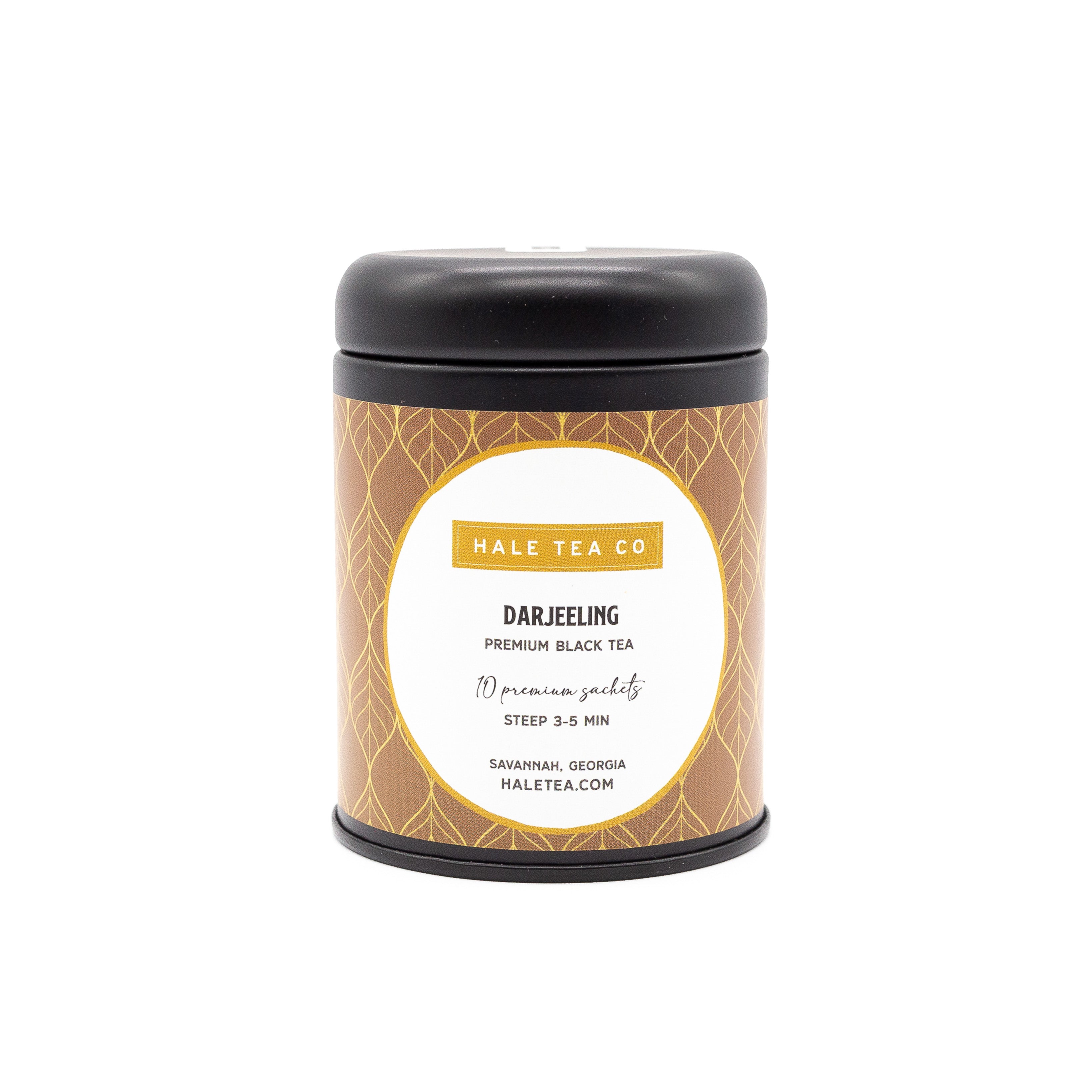 Sold out
Sold out -
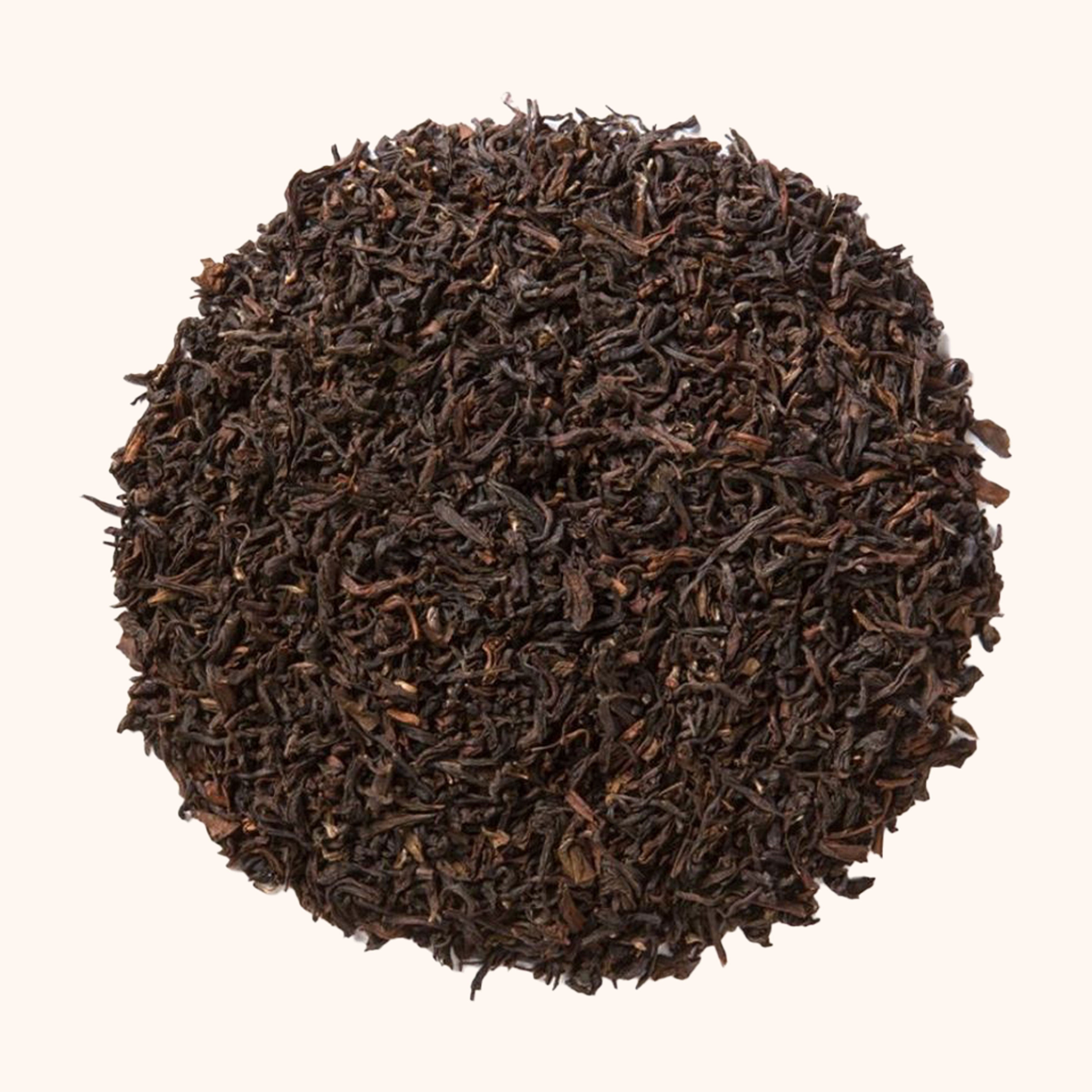 Sold out
Sold out
Indian Tea in England
Soon enough, Indian tea began to outsell Chinese tea in British exports. The British began to view Chinese tea as dangerous due to the poison, and the country as a whole began to prefer the “safer” Indian tea.
In fact, the British began to seize Chinese tea at the border and dispose of it in the Thames river. This nationwide shift in preference continued to drive Indian tea exports to even greater heights. By 1890, Indian tea made up 90% of British tea consumption.
In the 1880s, Indian tea made its way into Irish and Scottish culture as well. Fed up with England’s tea leftovers, Ireland began to source its tea directly from India. Today, Assam and Darjeeling black teas are essential components of every Irish and Scottish Breakfast tea blend.
In 1878, India opened the Darjeeling Himalayan Railway, which opened up even greater exports and played a massive part in the globalization of Indian tea. Indian vendors began to set up small tea stalls in the train stations, and soon the Indian natives caught a taste for tea.
That taste slowly grew, and by the start of the 21st century, India actually consumed 70% of its tea product. Tea is now a deeply ingrained element of Indian culture, particularly in travel along the Darjeeling Railway.
Types of Indian Tea
Thanks to Britain’s careful cultivation of Indian tea, and to India’s faithful dedication to its craft, we now have several varieties of Indian tea.
Assam
Assam is a black tea that is cultivated in the Assam region of India. Assam is rich and hearty, and it’s actually the first Indian region to produce tea commercially.
If you would like to try Assam tea, check out Olltco Organic Assam Black Tea. While many breakfast teas include hints of Assam, this tea features Assam as the one and only flavor.
-
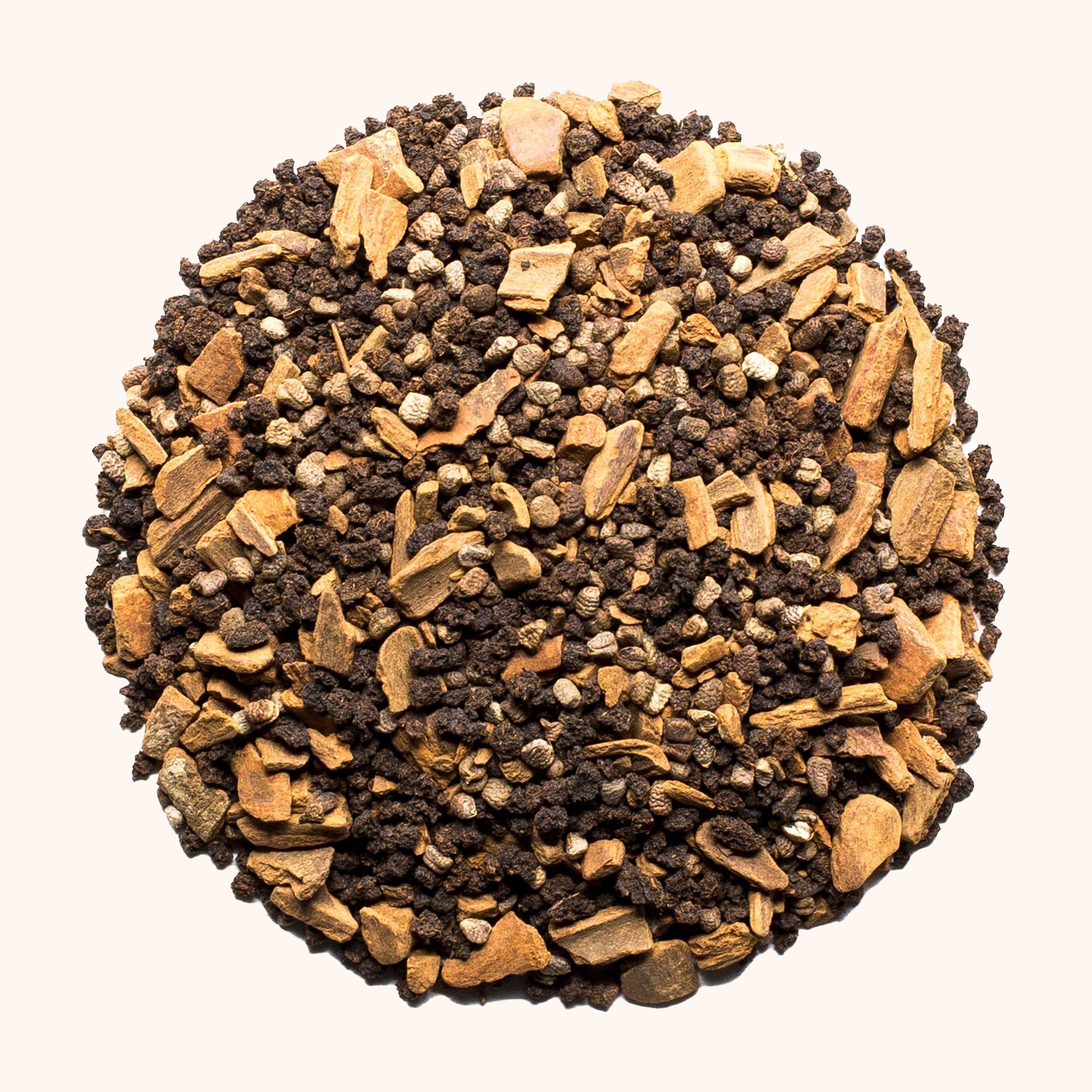 Sold out
Sold out -
 Sold out
Sold out -
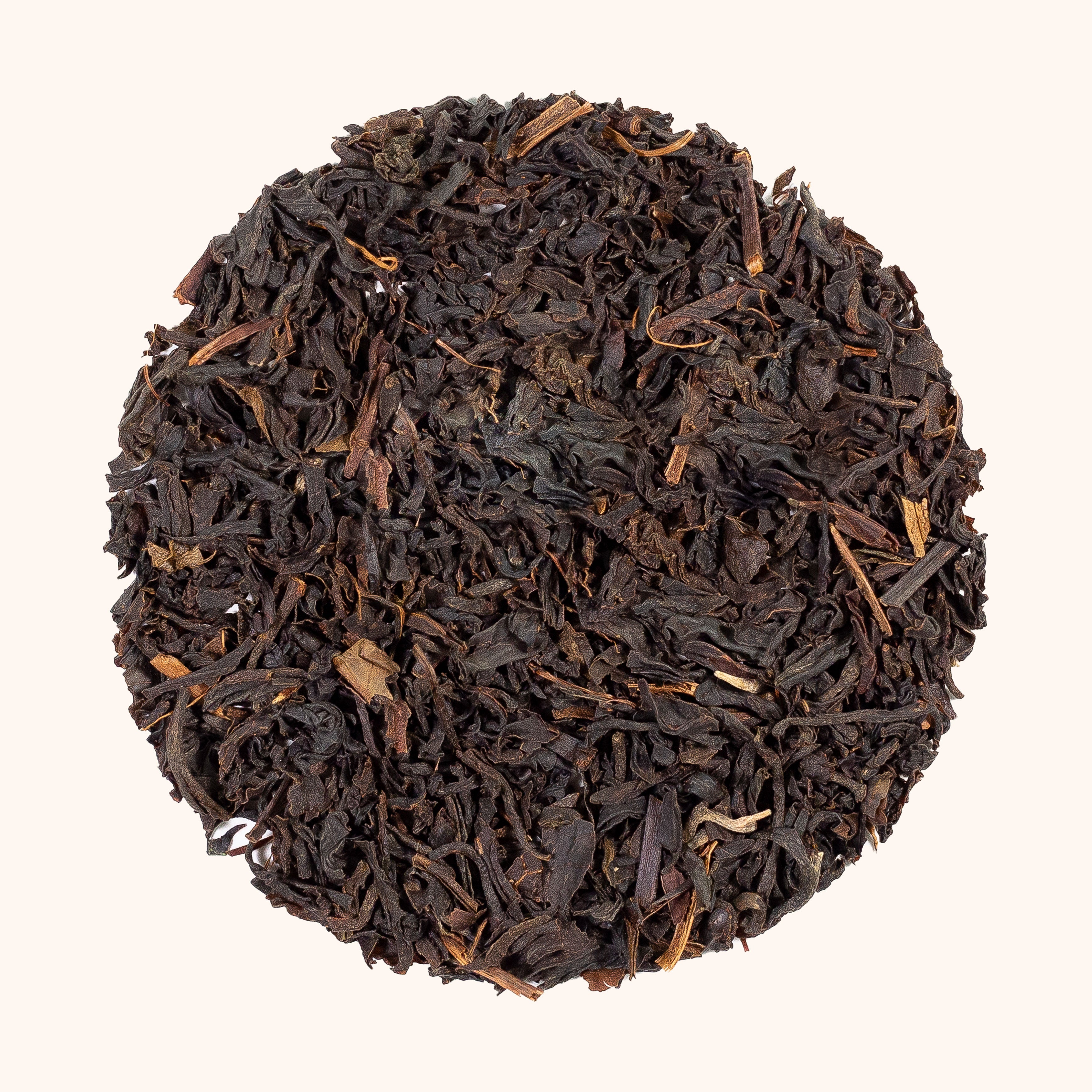 Sold out
Sold out
Darjeeling
Darjeeling tea is also a black tea that comes from the Darjeeling region. This tea has fruity and floral notes, and it’s most commonly enjoyed without any additives like milk or sugar.
We recommend Ahmad Tea Darjeeling, which is a blend of several fine Darjeeling teas.
-
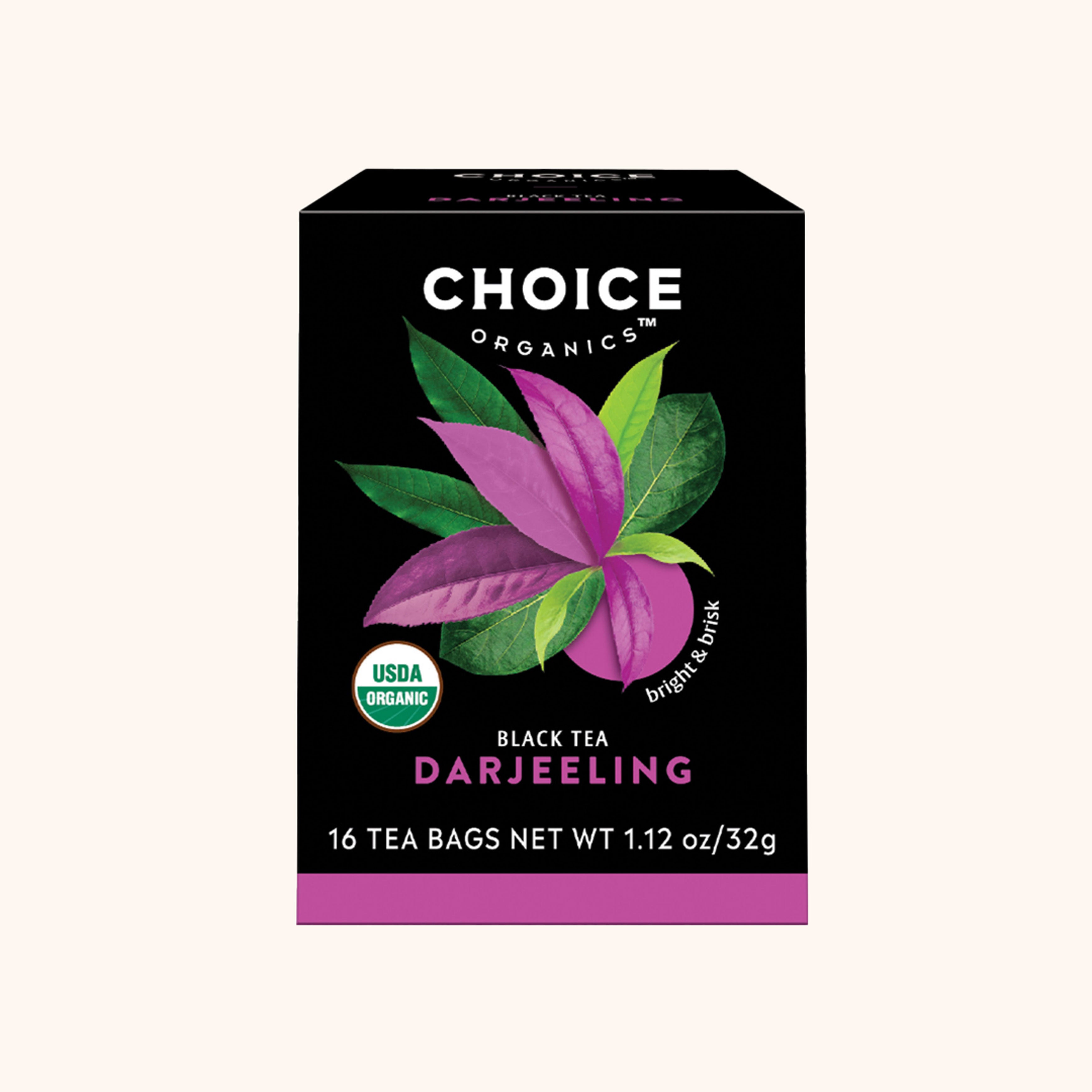 Sold out
Sold out -
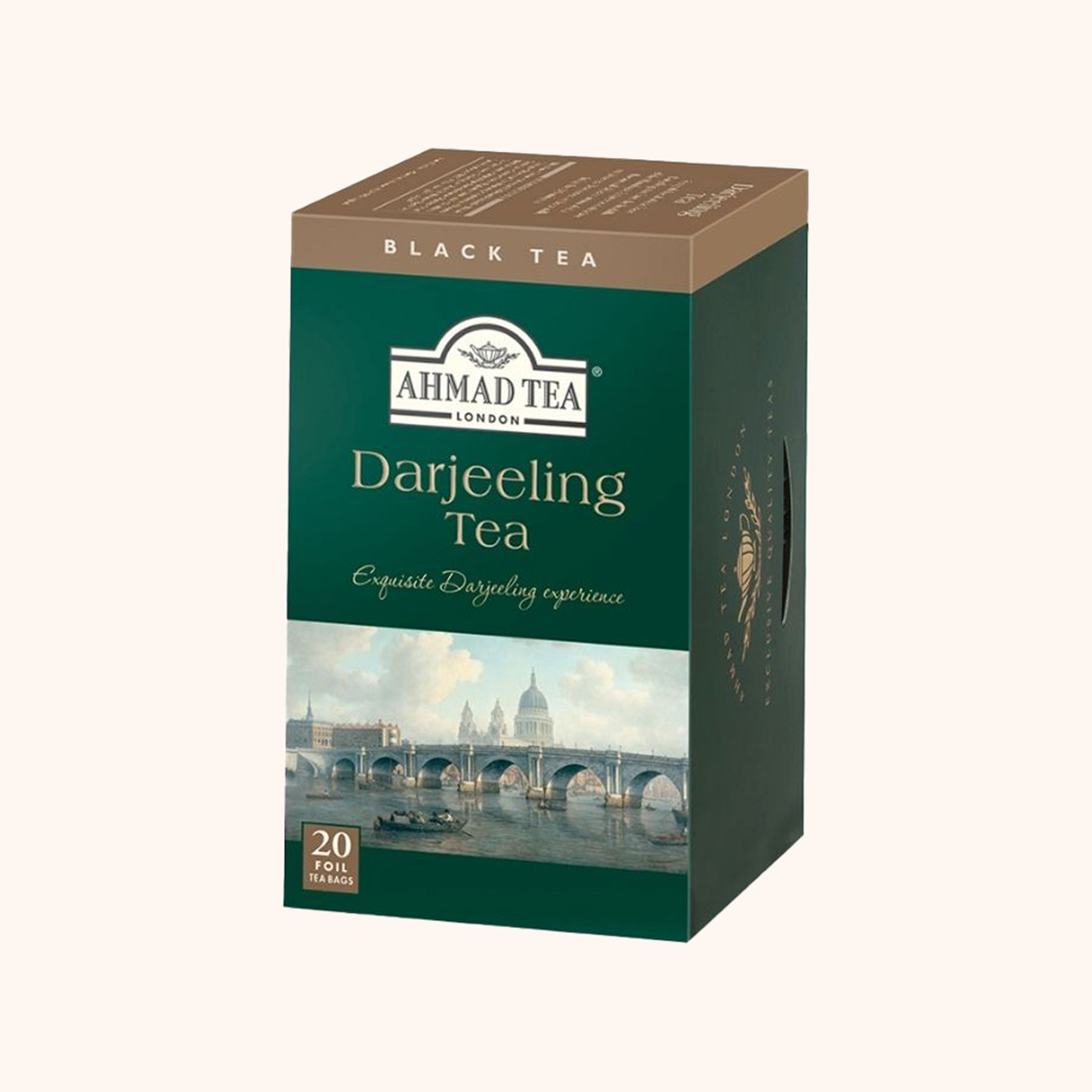 Sold out
Sold out
Nilgiri
Nilgiri black tea is cultivated in the Blue Mountains, also called the Nilgiris. This tea has a floral taste and is frequently combined with other teas because of its smooth texture.
If you’d like to try a good Nilgiri blend, we recommend Mentaliteas Thrilling Ginger Peach Black Tea.
-
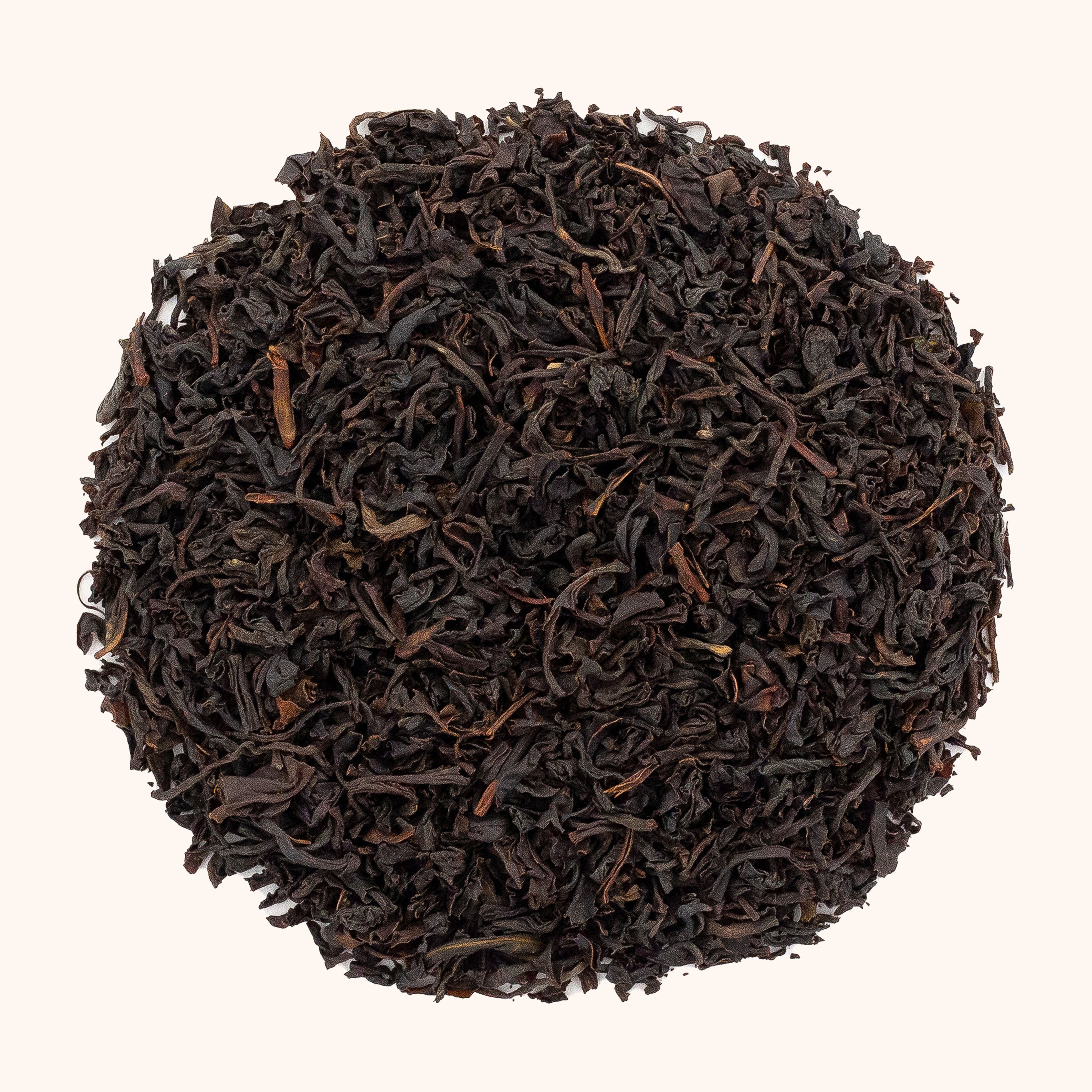 Sold out
Sold out -
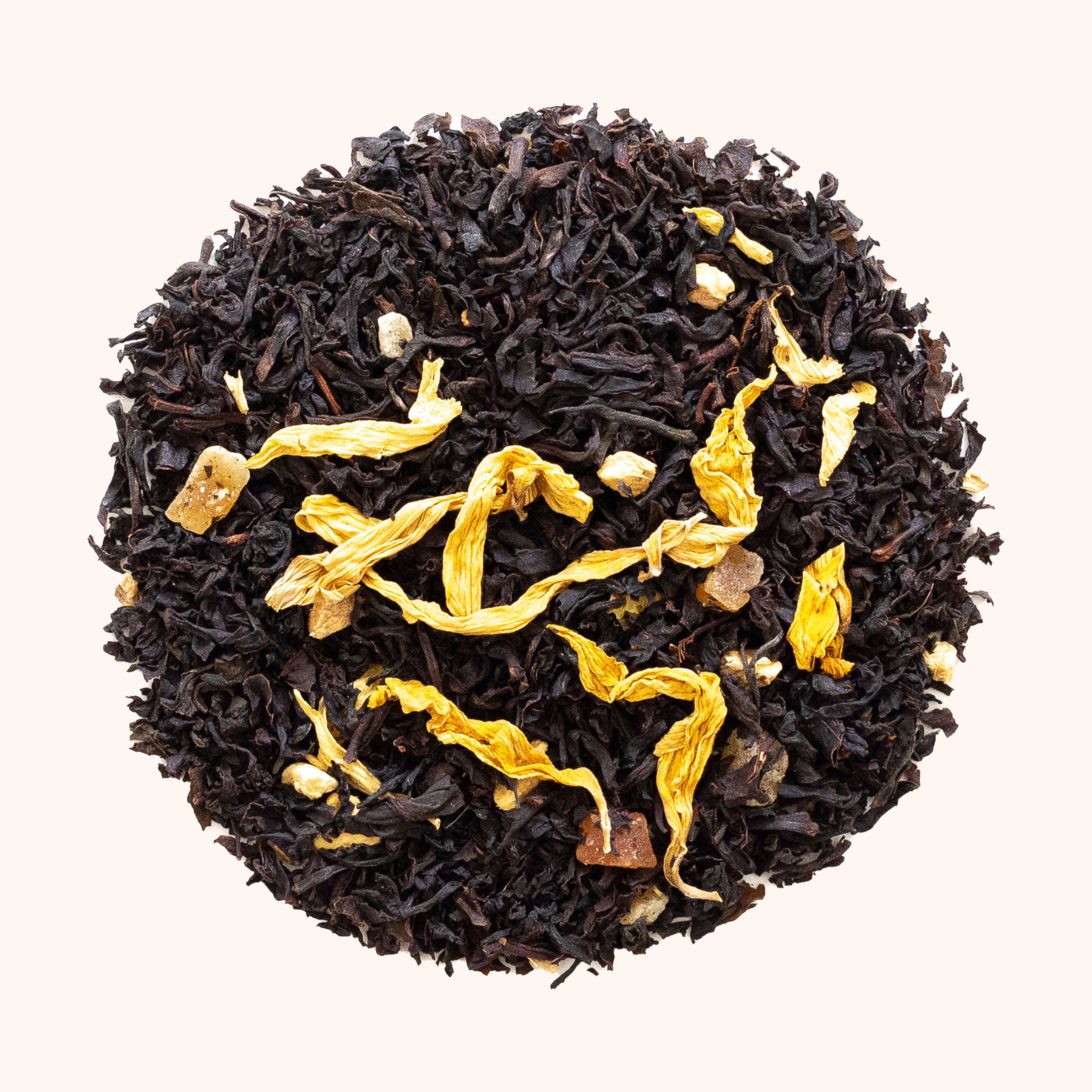 Sold out
Sold out -
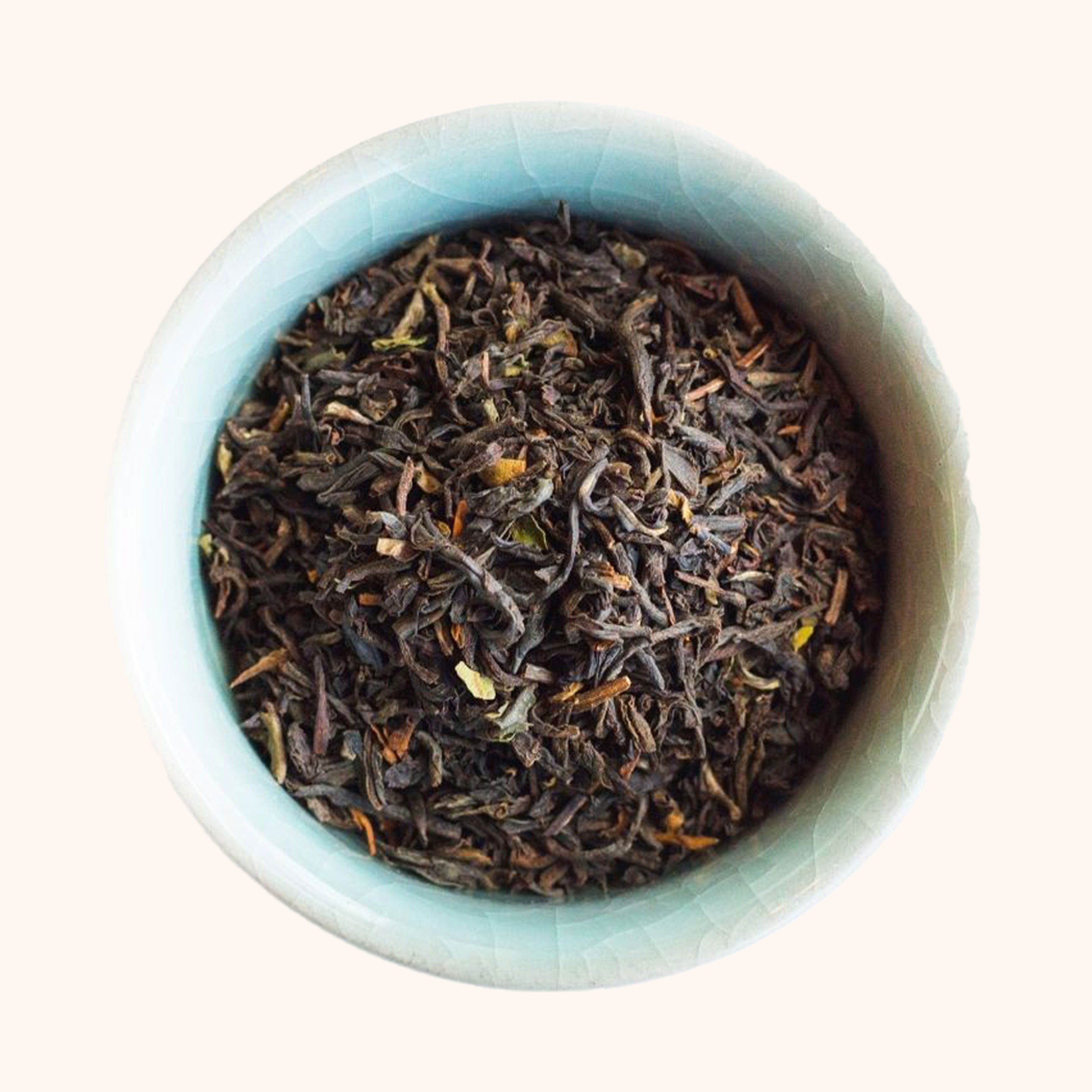 Sold out
Sold out
Chai
Chai is actually a unique tea blend invented by Indian tea drinkers. Chai is recognizable by its warm spices and creamy texture, and it’s a tea that is guaranteed to turn any day into a cozy day. To learn more about chai, check out our post on its ingredients and origins.
-
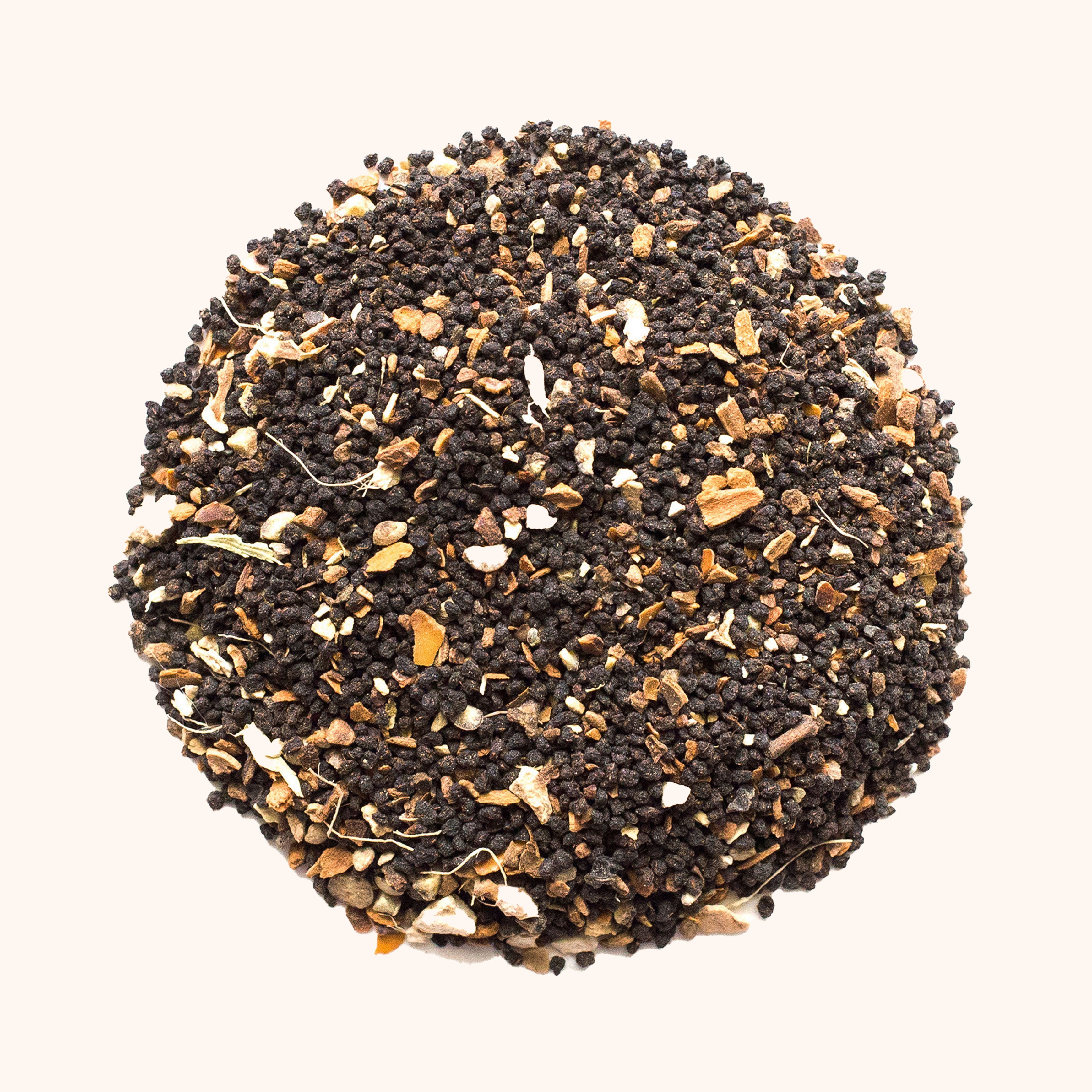 Sold out
Sold out -
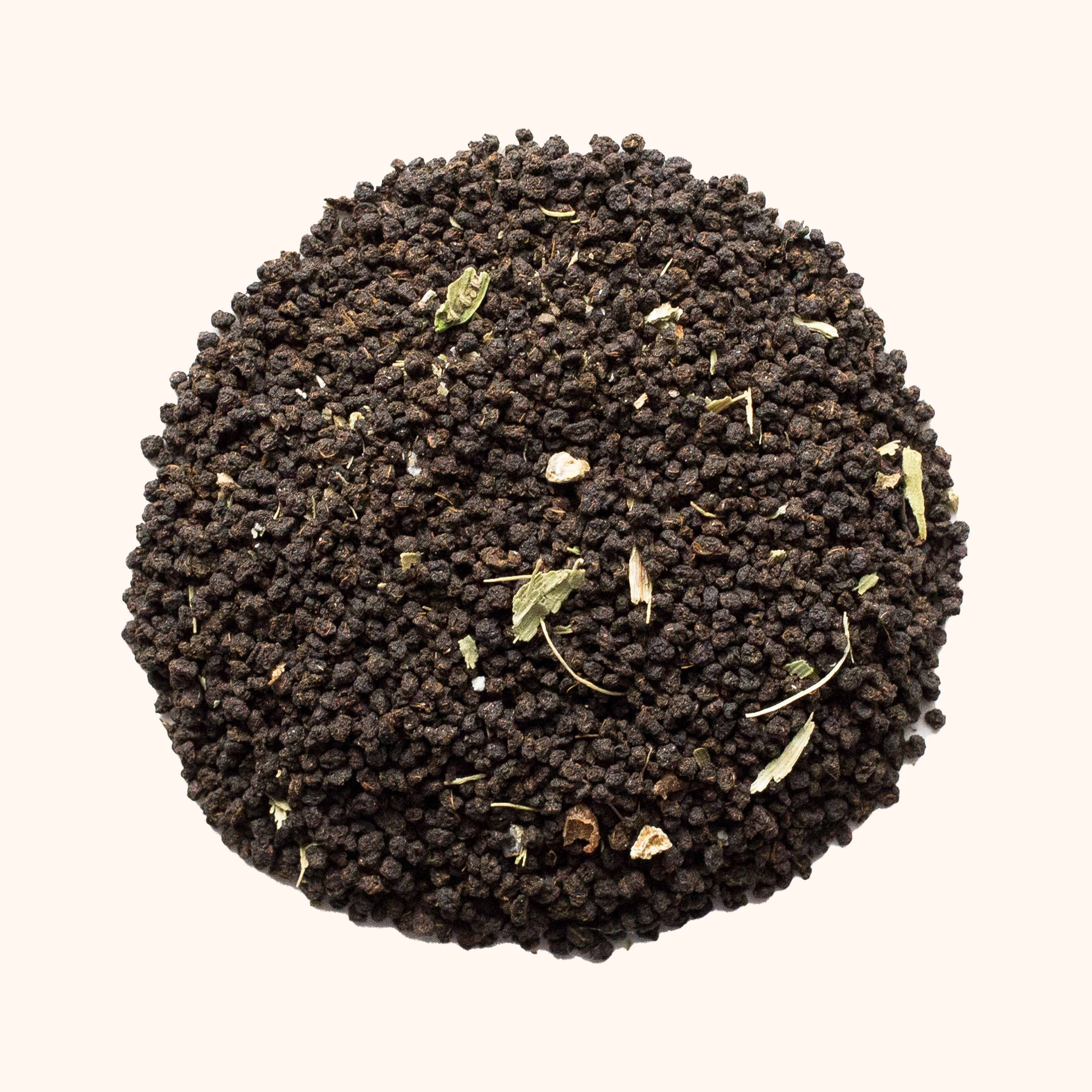 Sold out
Sold out -
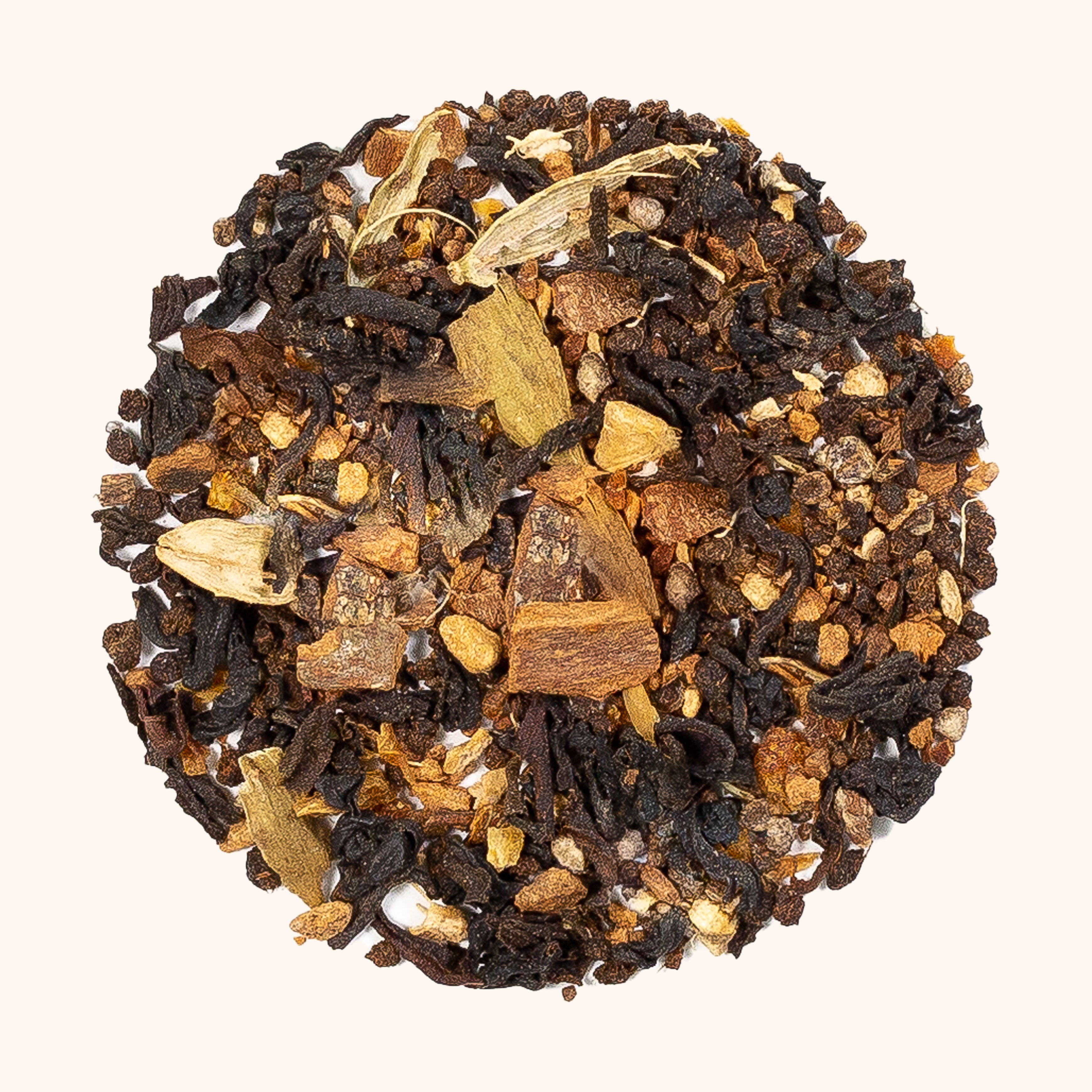 Sold out
Sold out
Wrapping it Up
Indian history is synonymous with tea history. Without Robert Fortune’s work, we wouldn’t have Assam, Darjeeling, or even English Breakfast tea. If you think about it, we owe many of our favorite teas to India’s tea history.
Next time you try a hot cuppa Assam black tea, curl up in your favorite chair and thank your lucky stars that world history unfolded in just such a way that we can enjoy Indian tea today.
Interested in trying these teas and others? Subscribers receive 4 teas chosen just for them in every box. Learn more about our tea subscription box or explore the loose leaf tea shop.
About Sips by: We’re a female-founded and led startup that makes discovering tea fun, personalized, and affordable. The Sips by Box is the only multi-brand, personalized tea subscription box. Each month, we match tea drinkers across the U.S. with delicious teas from over 150 global tea brands that we’re sure they’ll love. Based out of Austin, Texas, we are adept at savoring a hot mug even when it’s seasonally inappropriate.
Sources:
The Extremely Un-British Origins of Tea | JSTOR Daily
The Dark History Behind India and the UK's Favourite Drink | BBC News
















